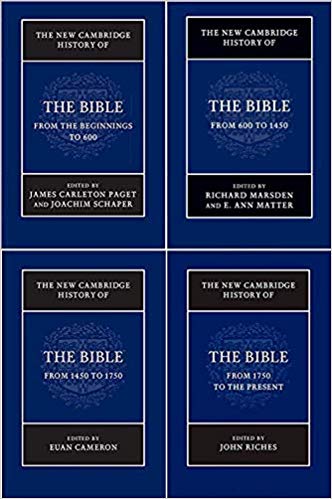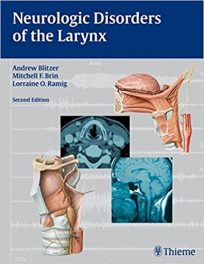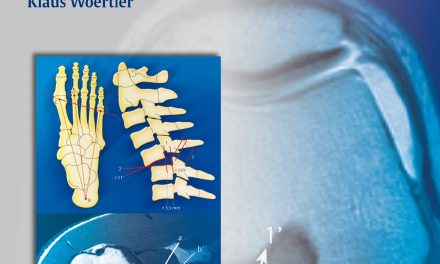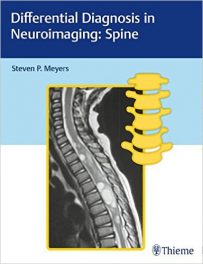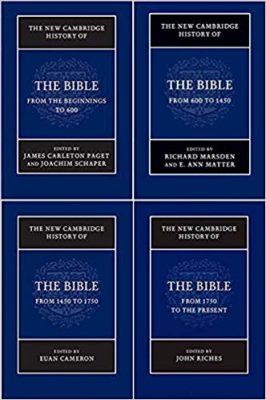 Vol.1: From Beginnings to 600;Editors: James Carleton Paget & Joachim Schaper–979 pages
Vol.1: From Beginnings to 600;Editors: James Carleton Paget & Joachim Schaper–979 pages
Vol.2: From 600 to 1450; Editors: Richard Marsden & E. Ann Matter – 1,045 pages
Vol.3: From 1450 to 1750; Editor: Euan Cameron – 975 pages
Vol.4: From 1750 to the Present; Editor: John Riches – 851 pages
Publisher: Cambridge University Press – 3,850 pages total
Book Review by: Sonu Chandiram
This is a review not of the Holy Bible, but of the history of the various publications of this book in many versions. Currently, the Bible, in numerous versions (perhaps hundreds of them) is the most popular and best-selling book, based on Amazon’s records.
Why it is a bestseller really needs no explanation. The basic elements of the life of Jesus Christ is known to not only some 2.4 billion Christians around the world who constitute some 31 percent of 7.8 billion people on earth, but to also many millions of non-Christians – people of other religions, and others who are non-affiliated in any way to a set of beliefs.
If you type in The Holy Bible on Amazon, you will note that there are over 30,000 titles of books with these three words. At around 20 titles with images per page, you will have to go through 1,500+ pages to view all the books listed there.
This book is also about how well the Bible has been received in different parts or the world, and also where it has not been well received, and why, with discussions of the reasons.
This four-volume work of nearly four thousand pages in length is an extensive one, and worthy of study and analysis. We provide you an overview here of what you will find within:
Volume 1 – From Beginnings to 600
Preface
- Part I – Languages, Writing Systems, and Book Production
- Part II – The Hebrew Bible and Old Testaments
- Part III – The New Testament
- Part IV – Biblical versions other than the Hebrew and the Greek
- Part V- The Reception of the Bible in the Post-New Testament Period
Volume 2 – From 600 to 1450
Introduction
- Part I – Texts and Versions
- Part II – Format and Transmission
- Part III – The Bible Interpreted
- Part IV – The Bible in use
- Part V – The Bible Transformed
Volume 3 – From 1450 to 1750
Introduction
- Part I – Retrieving and Editing the Text in Early Modern Europe
- Part II – Producing and Disseminating the Bible I Translation
- Part III – Processing the Bible Commentary, Cathechesis, Liturgy
- Part IV – The Bible and the Broader Culture
- Part V – Beyond Europe
Volume 4 – From 1750 to the Present
Introduction
- Part I – Producing he Text
- Part II – New Modes of Study of the Bible
- Part III – Reception of the Bible Geographically
- Part IV – Reception of the Bible Confessionally
Conclusion
John Riches, the editor of Volume 4 of this book, writes in his Conclusion, what I believe is also an apt and succinct, but also a timely statement as a conclusion for this book review:
“The last 250 years have seen dramatic changes in the history of the reception of the Bible. Its availability and distribution has increased immeasurably. Thanks to the development of new printing technologies and the work of Bible societies and churches and other faith communities both in distribution and translation, it is now available almost universally.”
“Only in those countries where there are ideological, political and religious objections to its distribution, or in those parts of the world where there are still no translations, is access to it restricted.”
This is an outstanding work on the Bible made possible by the work of its highly knowledgeable editors, and the work of numerous content contributors worldwide.
Editors:
James Carleton Paget is Senior Lecturer in New Testament Studies at the University of Cambridge, and Fellow and Tutor at Peterhouse. He is the author of The Epistle of Barnabas (1994) and of Jews, Christians, and Jewish Christians in Antiquity.
Joachim Schaper is Professor of Hebrew and Semitic Languages at the University of Aberdeen. He is the author of Eschatology in the Greek Psalter (1995) Priester and Levitenin achamenidischen Juda (2000) and Wie der Hersch lechzt nach firschem Wasser (2000) and editor of Die Textualisierung der Religion (2009).
Richard Marsden is Emeritus Professor of Old English at the University of Nottingham in the United Kingdom. His published works include: Text of the Old Testament in Anglo-Saxon England (1995) and an edition of The Old English Heptateuch and AElfrics Libellus de neteri testament de nano (2008), along with books and other articles on scriptural translation and the Latin Bible.
Ann Matter is the William R. Kennan, Jr. Professor in the Department of Religious Studies at the University of Pennsylvania. She teaches and writes about medieval culture, especially biblical interpretation and the history of spirituality. Her publications include: The Voice of My Beloved: The Song of Songs in Western Medieval Christianity (1990).
Euan Cameron is the Henry Luce III Professor of Reformation Church History at Union Theological Seminary and Professor of Religion at Columbia University. His publications include: Waldenses: Rejection of the Holy Church in Medieval Europe (2000), Interpreting Christian History: The Challenges of the Churches’ Past (2005), Enchanted Europe: Superstition, Reason, and Religion, 1250-1750 (2010), and The European Reformation, Second Edition (2012).
John Riches is Emeritus Professor of Divinity and Biblical Criticism at the University of Glasgow in the United Kingdom. His publications include: The Bible: A Very Short Introduction (2002), Conflicting Mythologies: Identity Formation in the Gospels of Mark and Matthew (2002), and Galatians Through the Centuries (2008).
Besides the editors themselves who wrote a lot of the chapters in these volumes, there were numerous people from all over Europe and other parts of the world who contributed content.

